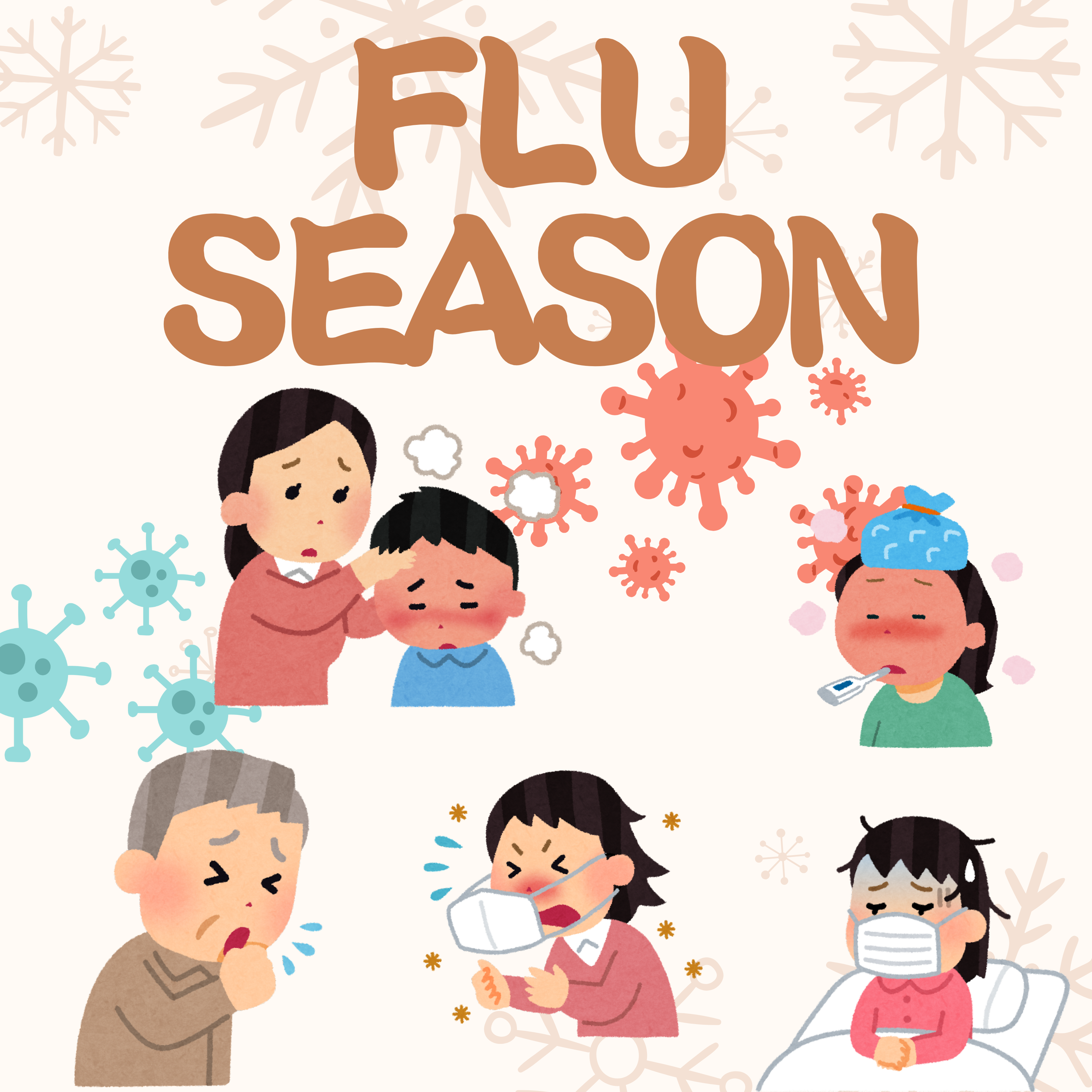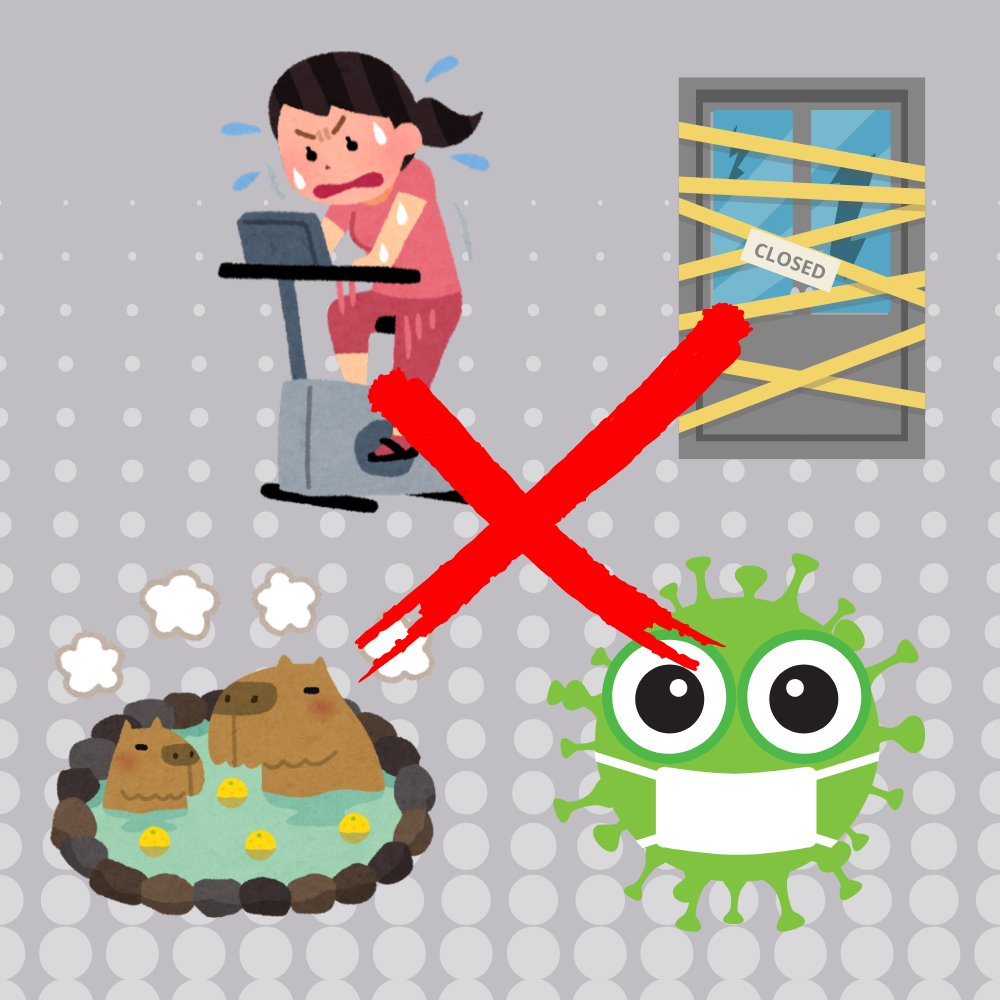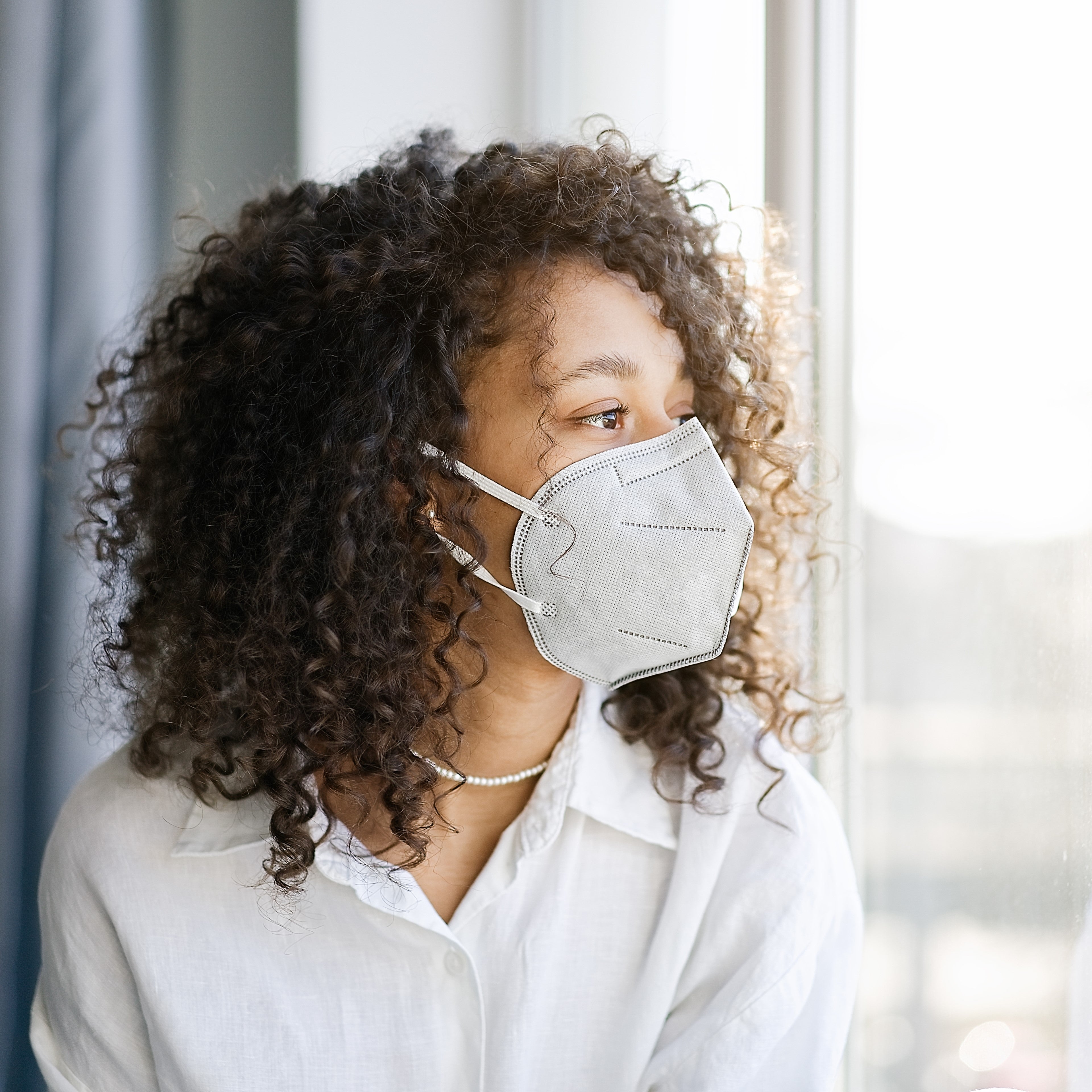
How Much do You Know about Influenza Flu - This Article Walks you Through Influenza A and B
Influenza Viruses - Transmission, Incubation Periods, Symptoms, and Prevention
Flu, also known as influenza, is an acute respiratory infection caused by influenza virus. Influenza viruses can be divided into four categories: A, B, C, D. The D viruses do not infect humans, and the detection rate of C viruses is low, usually causing mild infection, so the public health impact is low. Influenza A and B viruses can derive new strains through sporadic genetic mutations, causing large-scale outbreaks. They are the most common types of influenza in Hong Kong. There has been a major influenza outbreak in Japan since 2024. Moreover, Hong Kong has also entered the peak period of influenza. The flu virus is menacing, and HappynCare helps you prepare for the challenging season!
What is Influenza A?
Influenza A is a respiratory infection caused by the influenza A virus. Influenza A is highly variable and contains multiple subtypes that can infect humans, birds, and many other animals. Influenza A viruses have 18 hemagglutinin (H) and 11 neuraminidase (N) spiny proteins. Because their genetic mutations will result in the change of surface proteins. Virus strains are named after the proteins on the surface. The most common seasonal influenza A viruses in Hong Kong are H1N1 and H3N2. Notable influenza pandemics in history have all been caused by influenza A viruses, including the Spanish flu in 1918, the Asian flu in 1957, the Hong Kong flu in 1968, the Russian flu in 1977, the H5N1 avian influenza in 2003, the H1N1 influenza in 2009, and the H7N9 influenza in 2013.
Transmission: Influenza A is mainly spread through droplets. When an infected person coughs or sneezes, the virus spreads into the air and infect others through respiratory.
Incubation period: The incubation period of influenza A is generally 1 to 4 days, and symptoms last about 1 week.
Symptoms: Influenza A infection usually causes symptoms such as fever, cough, sore throat, muscle pain, headache, fatigue, and some patients may also experience nausea and diarrhea.
Complications: Influenza A possibly leads to a variety of complications, including viral pneumonia, carditis, encephalitis, sepsis, otitis media, dehydration, exacerbation of chronic diseases, etc.
What is Influenza B?
Influenza B is transmitted human-to-human in most cases. But it has low variability with only two clades: the Yamagata lineage and the Victoria lineage, making it less likely to cause pandemic than influenza A. The symptoms of influenza A and B are very similar, with milder symptoms and fewer serious complications associated with influenza B.
What are the differences between influenza and COVID-19?
The following table will help you clarify the differences between COVID-19 and influenza. COVID-19 is caused by infection with the coronavirus, while influenza is caused by the influenza virus. The symptoms of COVID-19 are the most severe, and may also include loss of taste and smell, red and swollen eyes, and skin rash. Influenza B has milder symptoms and is less likely to cause a pandemic due to less variations.

What should I do if I get the flu?
1. Flu patients usually recover on their own immunity. The immune system is very busy during illness and you should get enough rest.
2. Drink more water to prevent dehydration and help relieve sore throats and nasal congestion.
3. If you have flu symptoms, you should not go to work or school. Ibuprofen or paracetamol may be taken to reduce fever and pain.
4. If symptoms continue to worsen, visit a doctor immediately. The doctor may recommend further tests or treatments depending on your condition.
HappynCare also lists common wrong behaviors. Please keep in mind that not to do the four things during the flu.
How can I prevent the flu?

Get vaccinated
Annual flu vaccination is the most effective prevention. Vaccines can help increase immunity against influenza viruses and reduce the risk of infection.
Keep good hygiene
Wash your hands frequently, and regularly clean and disinfect frequently touched items (e.g. mobile phones, doorknobs, etc.) to reduce the chance of getting infection.
Avoid crowded areas
During flu season, try to avoid crowded places, especially places with poor air circulation.
Maintain good ventilation
Keeping the room well-ventilated and opening the windows regularly for ventilation can help reduce the concentration of the virus.
Maintain a healthy lifestyle
Eat plenty of fruits and vegetables to boost your immunity, make sure you get enough sleep every day, and exercise regularly can help boost your immune system.
Avoid contact with infected people
If someone with flu symptoms is around, try to keep social distance and wear a mask. However, it is necessary to avoid choosing low-protection masks. The safest and most reliable option is medical protective respirators.

Just like during the Covid pandemic, NASK will continue to protect the public against the flu! NASK respirators are not only passively filtered, but also actively kill virus. The patented nanofiber sterilization technology can effectively kill 99% of pathogens, which is deeply trusted by medical staff. For the health of yourself and your family, order respirators now!







Leave a comment
This site is protected by hCaptcha and the hCaptcha Privacy Policy and Terms of Service apply.